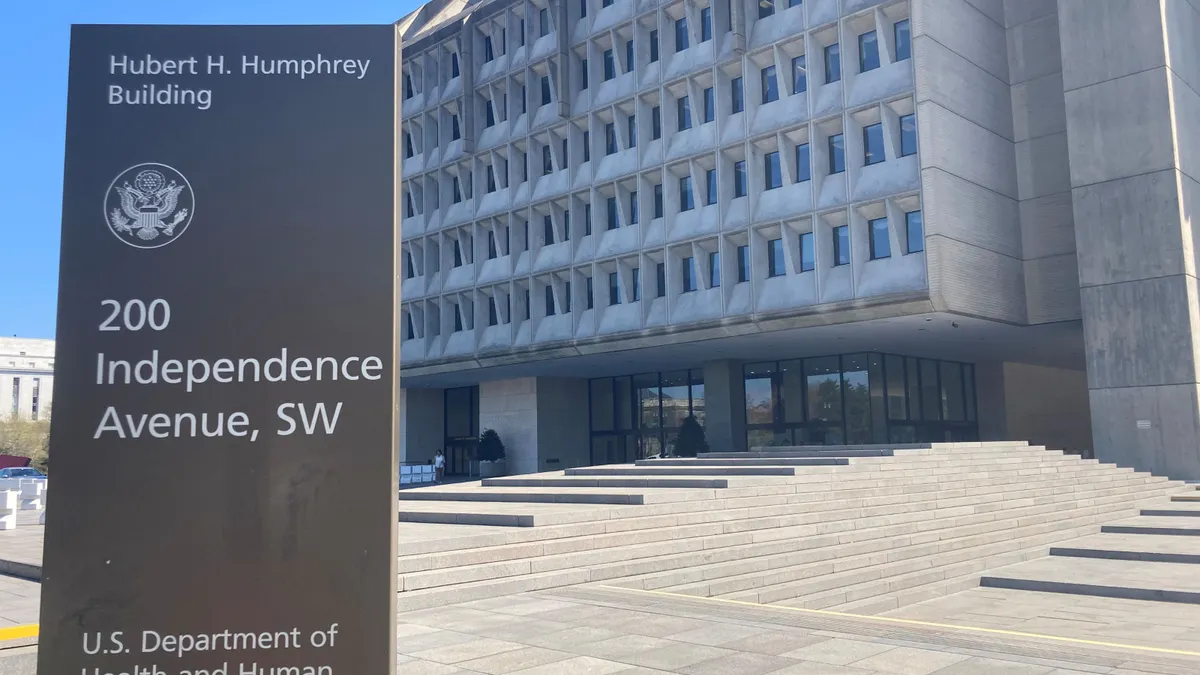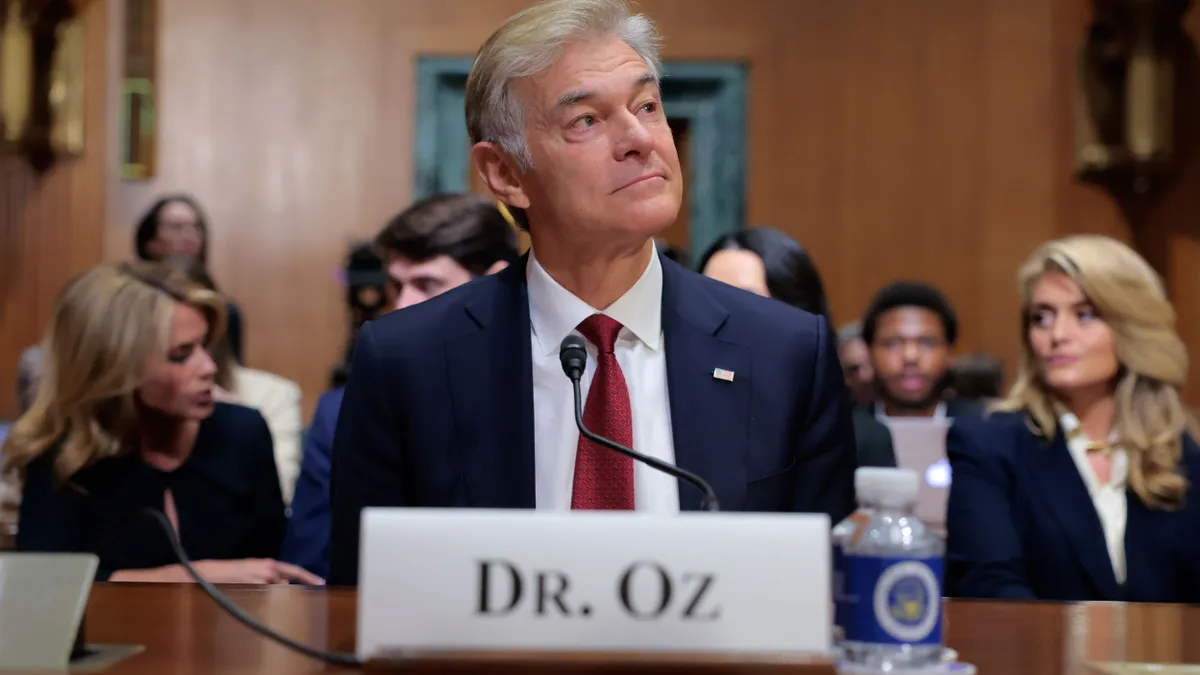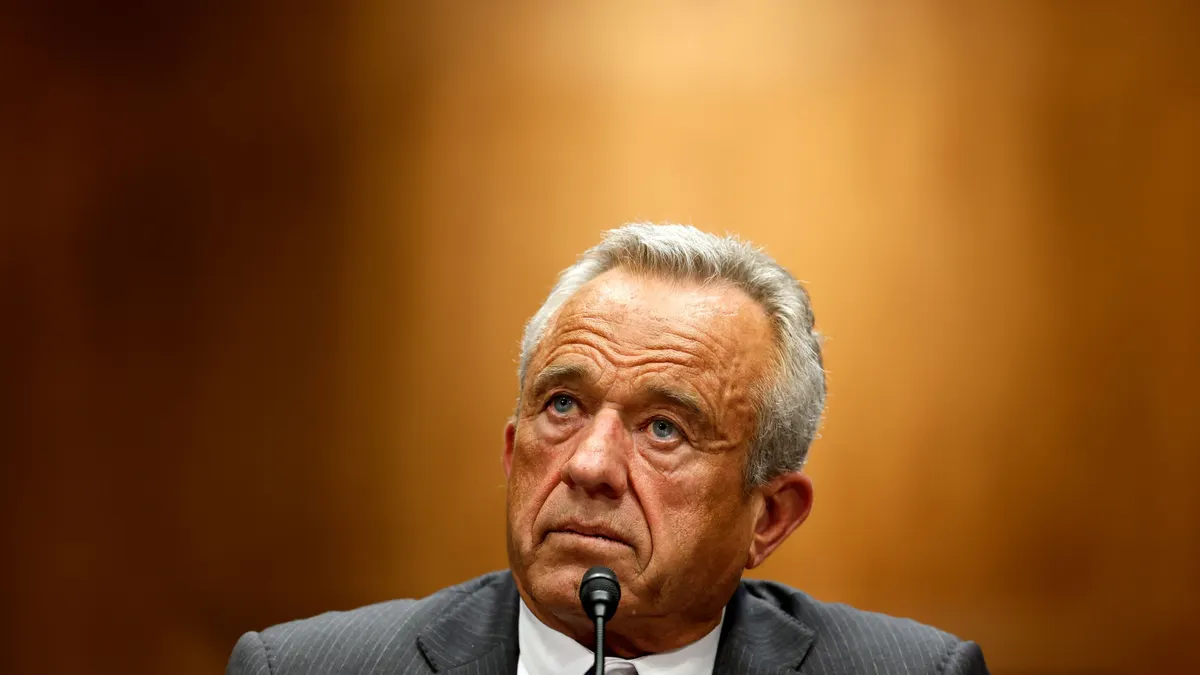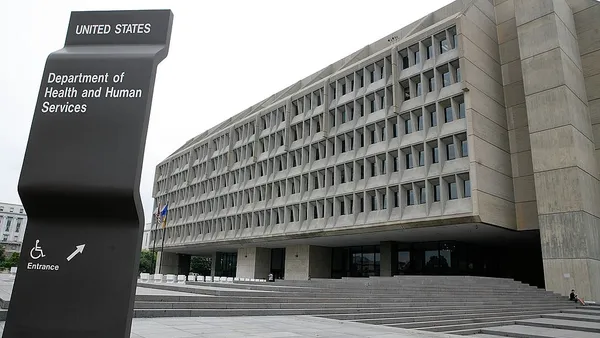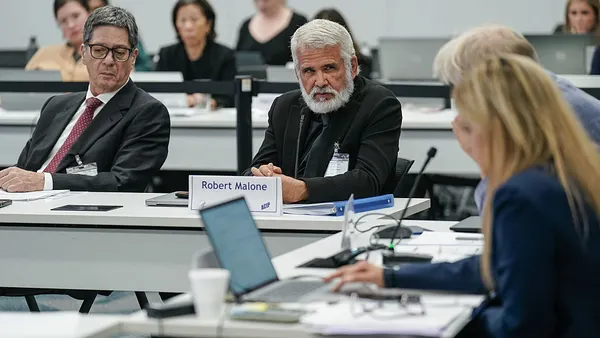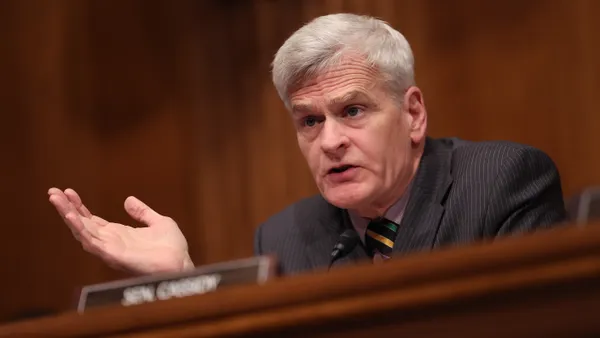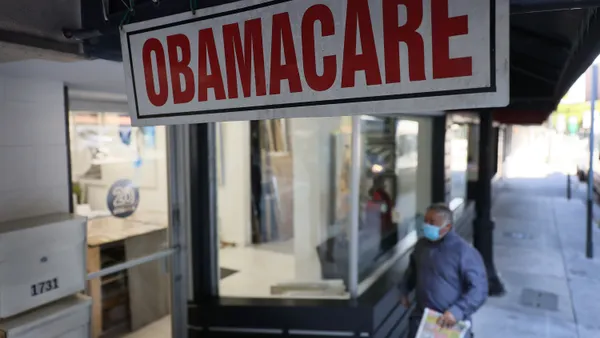The CMS is reducing technical support for states applying to the Rural Health Transformation Program ahead of next month’s application deadline, citing impacts from the government shutdown.
The federal government launched the $50 billion program this summer, billing it as an opportunity for states to invest in rural health, including through provider recruitment initiatives and emergent technologies. It has a tight turnaround window — applications opened Sept. 15 and are due Nov. 5.
Now, the CMS says applicants may receive a delayed response to questions sent to the program’s support email, which was created to field inquiries from state public health teams, including “technical questions” not covered in its webinars. An automated reply from the support team to Healthcare Dive said any delays would be due to the shutdown, and directed users to the program website, an FAQ and recordings of past webinars.
The CMS has furloughed almost half of its staff during the shutdown and paused its delivery of some nonessential services.
A spokesperson for HHS did not comment on how long it would take the CMS to respond to inquiries sent to the rural health program team during the shutdown, but cast blame on Democrat lawmakers.
“The Trump Administration remains focused on reopening the government so HHS can continue delivering critical services that protect the health and well-being of Americans. Congressional Democrats’ decision to prolong the shutdown continues to disrupt these efforts and impact care for millions of people,” said Emily Hilliard, press secretary for HHS.
Possible communication delays have sparked worry among some experts.
“States rely on assistance from federal agencies to ensure they are being correct in their approach and implementation of a policy. So not being able to know that they will have timely advice is problematic,” said Stephanie Kennan, senior vice president of federal government relations at McGuireWoods Consulting, over email.
Any delay in response could jeopardize states’ applications to the program, as states are already contending with an “aggressive” application timeline, according to Emily Cook, partner at law firm McDermott Will & Schulte.
From the start, states had just 51 days to put together applications. That application will determine funding allotments for the duration of the five-year program, and states are not permitted to revise applications or appeal funding decisions.
Should a state miss the narrow application window or botch their application, they will lose access to the program entirely.
A successful application could jump start a range of rural healthcare initiatives that may be transformational, experts told Healthcare Dive. The funds could elevate emergency services, home health or doula services, for example.
Creating the applications has always been a tall order, given the complexities of the program and the tight deadline. Experts worry the current confusion might compound those existing barriers, especially for state public health offices with fewer resources.
“The whole Rural Health Transformation Program application process has come about very quickly and been a bit of a guessing game and the shutdown/slow response from CMS isn't helping things. It is leaving the states to submit their best ‘guess’ as to what meets the CMS criteria,” said Tim Putnam, consultant with Rural Health Consulting.
Still, Anne Reid, policy director of George Washington University’s Funders Forum on Accountable Health project, noted that the government shutdown did not necessarily have to reduce CMS’ technical support for applicants.
When Congress authorized the Rural Health Transformation Program in the One Big Beautiful Bill Act this summer, it allocated $200 million to the CMS for implementation funding to be spent in fiscal year 2025.
“There is funding in place for CMS to carry out activities related to this program, separate and apart from [annual appropriations],” Reid said. “So I just want to be clear that any changes that they're making in terms of personnel and the ability to manage and administer this program, it appears that they have some discretion there, because they have this implementation funding.”


